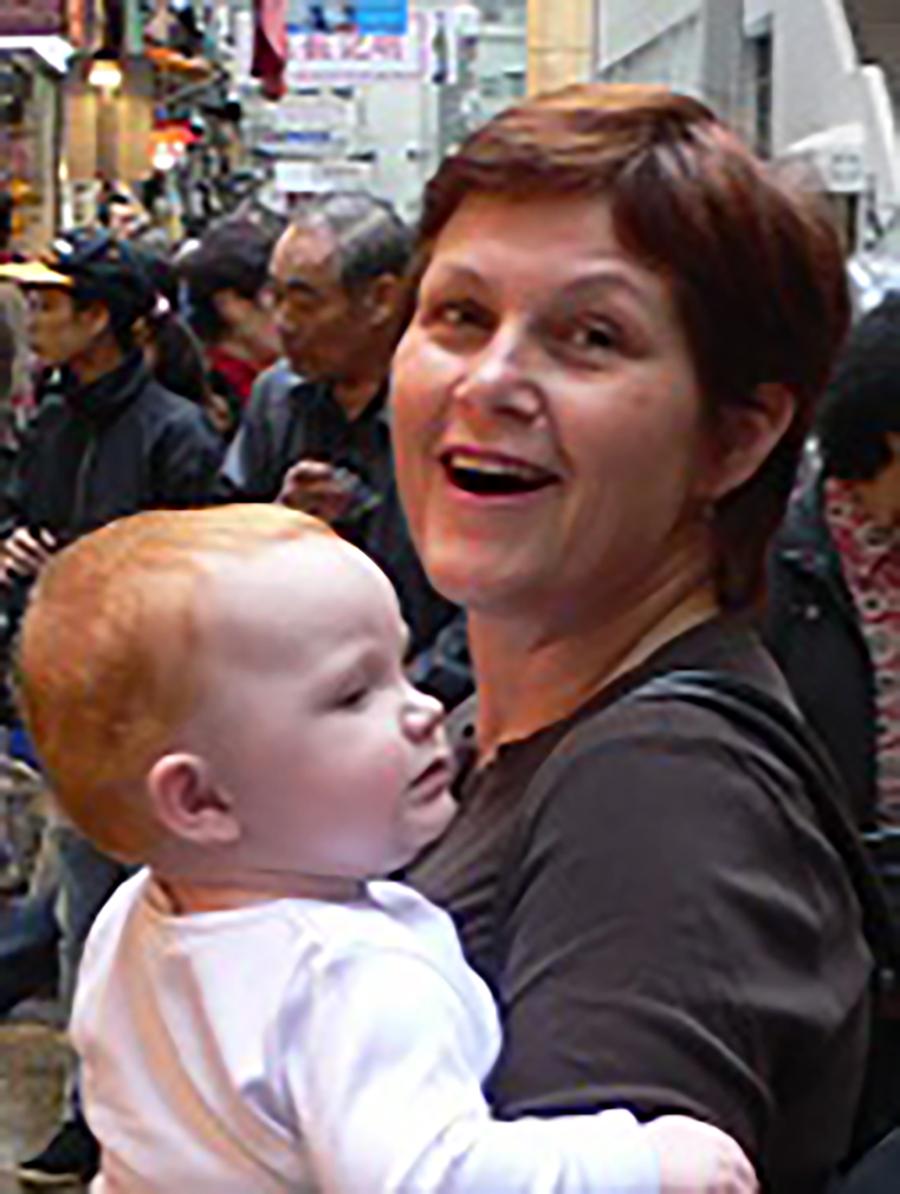The Generation 1 Study
The overall aim of the study is to understand how growth and development in early life might influence a person's health profile in the longer term.
The Generation 1 study: growth, health and well-being in young adults
For the first time, the Generation 1 Study is online. (If you prefer another format please text or call us on 0466 864 687 or send us an email)
Refer to the participant information sheet for this phase of the study.
The current questionnaire focuses on social and emotional well-being. It takes 8 to 10 minutes to complete.
As always, your participation in this study is voluntary, and you may skip any question you do not wish to answer.
On completion you will be invited to enter a draw for a chance to win a $100 gift card. There will be multiple draws so that your individual chance of winning is 1 in 40.
| Birth |
At birth we measured baby’s length, weight, and indicators of overall health. |
|---|---|
| 3 months |
At 3 months we telephoned to ask about baby’s feeding, sleeping and how mum is managing. |
|
6 months |
At 6 months we visited mums at home and recorded baby’s overall health, feeding patterns and growth since birth. We started to monitor developmental milestones, such as the first appearance of teeth and starting to roll over and sit without support. |
|
9 months |
At 9 months we again recorded baby’s overall health, feeding patterns and growth. We continued monitoring of milestones. As our study babies become more active, other movements and behaviours were added to the list. |
|
1 year |
At 1 year we recorded baby’s overall health, growth, sleeping patterns, temperament and behaviour. By this time most babies were crawling. |
|
2 years |
At 2 years of age, our study children were active toddlers so we collected information on their overall health with a focus on any injuries and illnesses since birth. Mums completed standard questionnaires about children's emotional and behavioural development. We took measures of growth that would become our standard - height, weight, skinfold thicknesses and key circumferences. |
|
3.5 years |
At 3.5 years of age, many kids were involved in preschool activities. we updated the information collected at age 2 years. Kids have all their baby teeth by this stage so we asked about healthy teeth care. This age is an important growth period for kids, so many measurements of height, weight, skinfolds, and fat percentage were taken. For the first time, we measured the blood pressure of the study kids. |
|
5.5 years |
At 5.5 years of age, most of our study kids had started primary school. We updated health information including injuries, illnesses and medications. As many kids start to lose their baby teeth around this age and have permanent teeth to take care of, dental health was a focus. Starting school is a big change for kids so we also asked mums about kid’s behaviours and parenting challenges. |
|
9-10 years |
At 9-10 years of age puberty is approaching or has started. At this age we took repeated measurements of height, weight, body fat percentage and skinfolds thicknesses, key circumferences. Blood pressure readings were made and the strength of kid’s lungs was gauged. Since kids get more freedom at this stage of their lives, in addition to our usual health questions, we also asked about bedtimes, screen time, family activities, diet and eating habits, and big changes in kids’ lives (including new siblings and house moves). We asked kids themselves a few questions about life at school and at home, and friendships. |
|
12-13 years |
At 12-13 years of age many more kids had started puberty. We recorded growth and health. As teens, young people make more choices about their own health and how they spend their time. We expanded the set of questions that captures these aspects of their lives. |
|
18-20 years |
At 18-20 years of age, our study "kids" are now young adults and many are studying, working, having relationships and maybe leaving home. This stage of life is a big change and we want to know how they feel about themselves and life in general. |

Professor Vivienne Moore
Lead investigator

Dr Stephanie Champion
Research Assistant for the study while doing her PhD.
Now Study Co-ordinator (also works at Flinders University and the Women's and Children's Hospital).

Ms Kendall Smith
Study Co-ordinator from 1998 to 2016.
Retired to be a full-time grandmother.

Ms Lisa Masters
Research midwife for the study from 1998 to 2005.
Special interest in childbirth and parenting education and moved on to a position in which she could develop this aspect of her career.
The Generation 1 Study began as a study of pregnancy and growth of babies before birth. The plan was to do a very high quality study so that we could attract research funds to follow those babies over childhood. This is known as a longitudinal study.
Pregnant mums were invited to join the study when they visited a clinic or a hospital for antenatal care in 1998-1999. The mums approached were generally quite interested and over 70% of those who were eligible to participate agreed to do so. (Mums not eligible were, for example, those having twins.)
During pregnancy, mums completed two interviews in which they answered questions about themselves, their health, their families, and what foods they commonly ate. With permission, other details about the pregnancy were obtained from antenatal records. Arrangements were made for the babies to be specially weighed and measured after they were born, in addition to the usual measurements made by hospital staff.
This first piece of research showed that eating patterns in early pregnancy influenced the birth weight of the baby; specifically, a diet that was relatively high in protein was beneficial. (Later on, we showed that a mum’s body size before pregnancy was actually more relevant to her baby’s growth than particular eating patterns, although the two are related.)
Mums were contacted when the babies were 3 months old for final information about the pregnancy phase of the study. They were asked whether they would be willing for their child to be part of the ongoing study.
The Generation 1 kids were followed closely for the first 3 years, because this is a critical period for growth and development. Our big research question is how growth, development and wider experiences during this period affect health and wellbeing in the longer term. So information was collected 6 times: at 3, 6, 9 and 12 months of age and at 2 and 3 years.
During childhood, a questionnaire was completed by parents and returned by post (!) at age 5 years. Children were seen in person at 9-10 years and in early adolescence at 12-13 years.
We’re reaching out to Generation 1 Study participants again, now that they have attained adulthood (18 years and over) and have finished growing.
- Summary: Growth paths in early childhood and why they matter
- Summary: What children ate at 9-10 years of age!
- Summary: How the pre-birth environment can influence a child's metabolism at 9-10 years of age
This study has been funded from many sources: the University of Adelaide, the Dairy Research and Development Corporation (a government-industry organization that no longer exists), the Channel 7 Children’s Research Foundation, the National Health and Medical Research Council of Australia.
Contact us
If you have any questions about the study or want to update your contact details you can contact Stephanie Champion at the Generation1 email or by phone on 0466 864 687.
